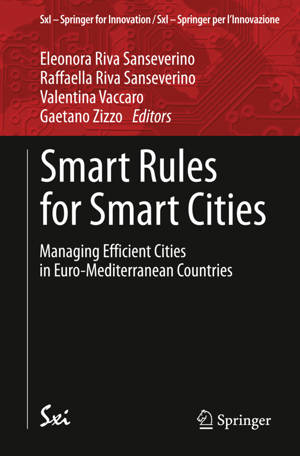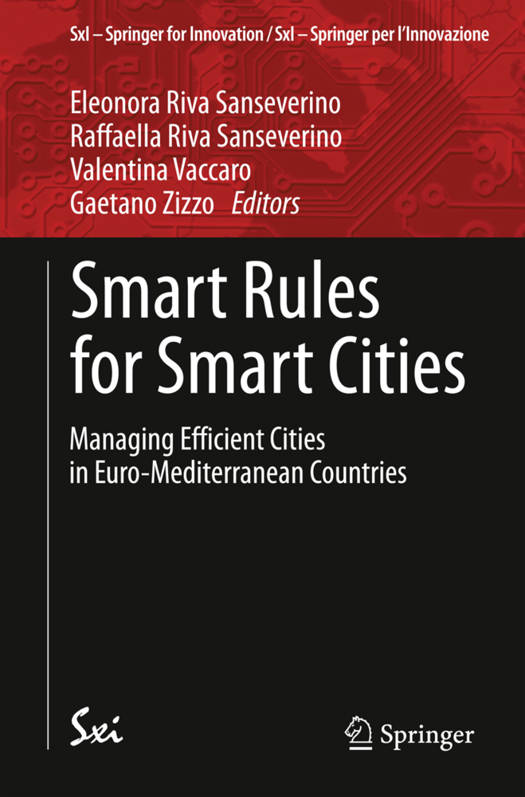
- Afhalen na 1 uur in een winkel met voorraad
- Gratis thuislevering in België vanaf € 30
- Ruim aanbod met 7 miljoen producten
- Afhalen na 1 uur in een winkel met voorraad
- Gratis thuislevering in België vanaf € 30
- Ruim aanbod met 7 miljoen producten
Zoeken
Smart Rules for Smart Cities
Managing Efficient Cities in Euro-Mediterranean Countries
€ 104,95
+ 209 punten
Omschrijving
This book explores the new rules and codes that are required in order to foster the implementation of smart city technologies with a view to meeting the environmental and energy challenges posed by dynamic contemporary cities with increasing populations. In particular, it proposes a methodological approach suitable for use when devising a smart urban/building code for local administrations, taking into account the current European regulatory framework (directives and technical norms) and evaluating the economic feasibility of the suggested measures. A case study is made of a large Mediterranean city in Italy that can be regarded as a paradigm of urban evolution, where a traditional individualism poses a cultural obstacle to the emerging need to share resources. Further features include a smart cities atlas, explanation of how to create local rules for sustainable building restoration/construction, and guidance on economic evaluation of the impact of building automation and passive measures for energy efficiency. The book, which has a multidisciplinary perspective, will be of value to all who are interested in the transition to smart cities that can meet sustainable development targets.
Specificaties
Betrokkenen
- Uitgeverij:
Inhoud
- Aantal bladzijden:
- 132
- Taal:
- Engels
- Reeks:
- Reeksnummer:
- nr. 12
Eigenschappen
- Productcode (EAN):
- 9783319064215
- Verschijningsdatum:
- 4/08/2014
- Uitvoering:
- Paperback
- Formaat:
- Trade paperback (VS)
- Afmetingen:
- 156 mm x 234 mm
- Gewicht:
- 213 g

Alleen bij Standaard Boekhandel
+ 209 punten op je klantenkaart van Standaard Boekhandel
Beoordelingen
We publiceren alleen reviews die voldoen aan de voorwaarden voor reviews. Bekijk onze voorwaarden voor reviews.







